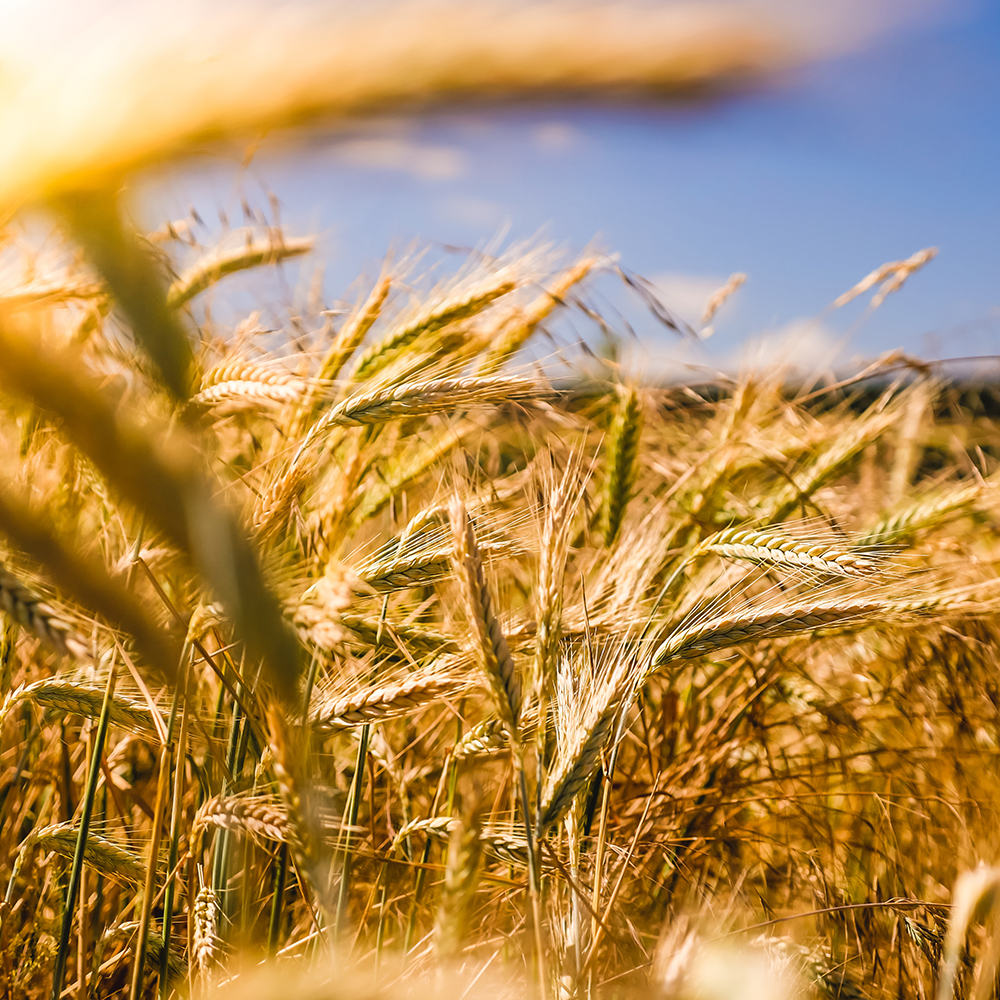If you’ve never heard of biofortified food, buckle up for an interesting read. Biofortification or biological fortification involves the enhancing of nutritional benefits to food’s content with improved bioavailability. This practice is popping up all over the world and it is critical to the nutritional needs of humans all over the world as our population grows. Space for food lessening and the need is getting greater. Scientists and farmers alike are looking for new methods to nourish the population, such as biofortification and vertical farming. Here at Amodrn, we dived into the topic. Keep reading for more.

What Are Biofortified Foods?
According to the Chelan Press, biofortified foods include the following: the iron-biofortification of beans, sweet potato, rice, cassava, and legumes. It also includes the zinc-biofortification of beans, sweet potato, rice, and maize. Amino-acids and protein biofortification can also occur. This market is actually on track to grow exponentially from now until 2026. The definition of biofortification is:
“It refers to nutritionally enriched food crops with improved bioavailability to the human population which is developed and grown using modern biotechnology techniques, agronomic practices, and conventional plant breeding. The biofortified food crops, mainly cereals, legumes, fruits and vegetables are offering a sufficient level of micronutrients to the targeted populations.”
Currently, the market is expanding quickly and rapidly. For example, chestnut super mushrooms (which are boosted with Vitamin D and B12) and vitamin D eggs are already currently already on the shelves at Sainsbury’s but set to continue to grow across all fresh produce and proactively work to prevent chronic diseases.
How Does the Biofortification Process Work?
According to HarvestPlus.org, this process is not new and actually began hundreds of years ago. The process is akin to natural selection. Farmers back in the day would choose the best looking plants/seeds and save them for next year’s crop. This allowed the food to get better and better. When science was more readily available, plant breeders were able to select the best traits in a plant to get the best nutrient levels.
For HarvestPlus, their process focus on vitamin A, zinc, and iron as super-nutrients. They screen thousands of crop seeds stored in seed banks for the highest occurring levels of these nutrients and then the process begins. Their nutritional genomicists use tools like the marker-assisted selection to speed up the breeding process. Then these seeds breed new crop varieties that are sure to have high levels of said nutrients and they farm beauty, micronutrient-rich crops.

Why Is This Process Helpful In Feeding The World?
The vicious cycle of health-related illnesses begins in the conditions of their living and their food intake. When you continue this cycle through birth, pregnancy, childhood, to adulthood, you pass on said genetic weaknesses through to your offspring. This process can also help isolated areas that are food deserts. Biofortification is a cost-effective method to reach tens of millions of people on a sustainable basis.




